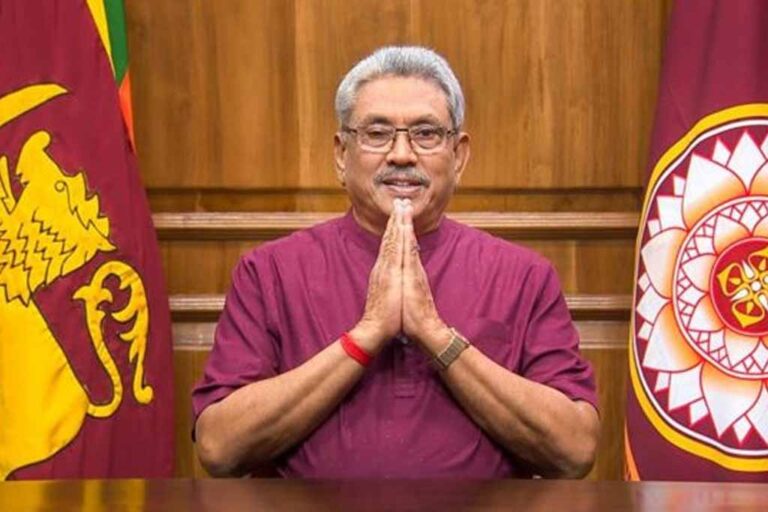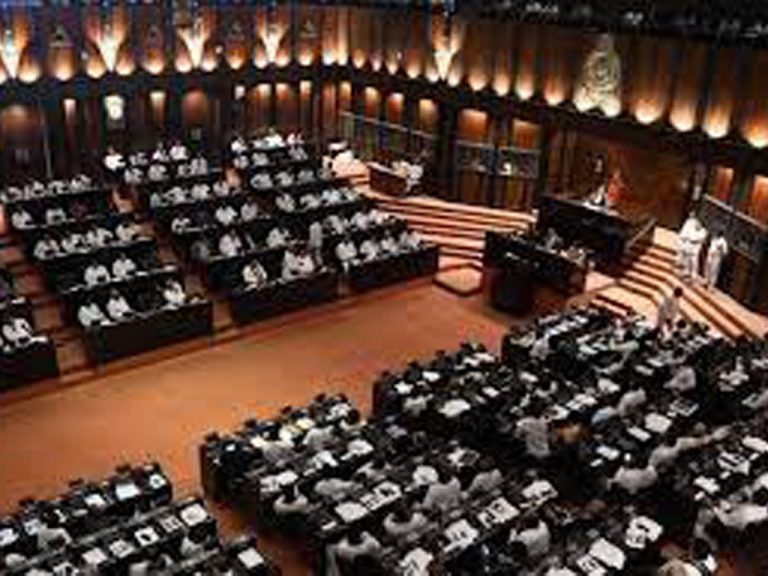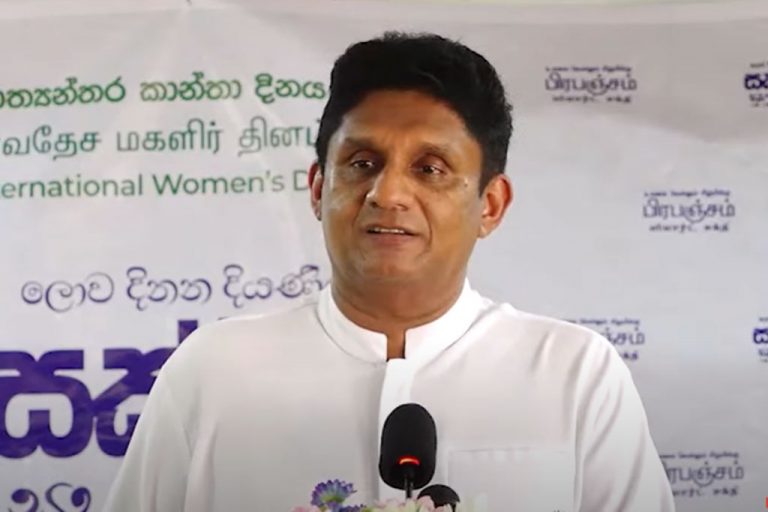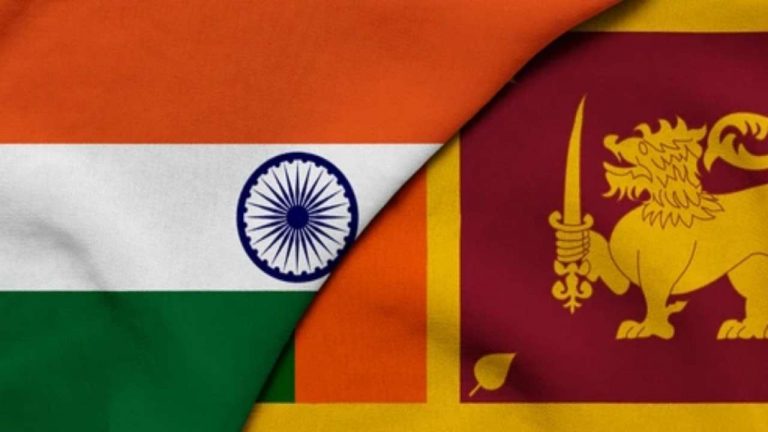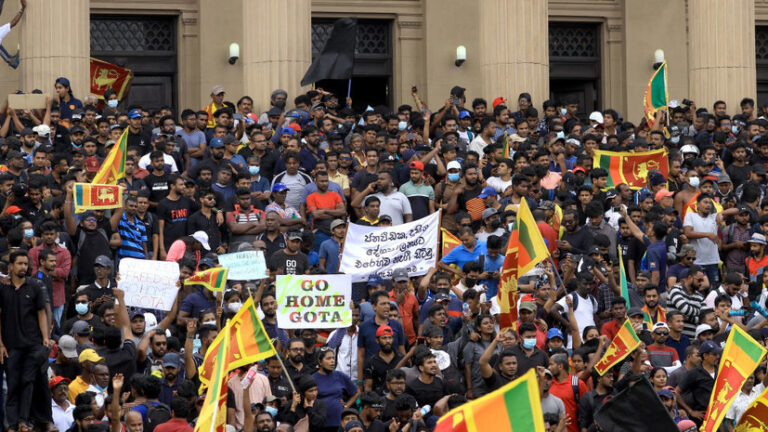Here below is the letter sent by FEDERATION OF UNIVERSITY TEACHERS’ ASSOCIATIONS to Ranil Wickramasinghe, requesting him to resign.
Mr. Ranil Wickramasinghe
Acting President of the Democratic Socialist Republic of Sri Lanka
Dear Mr. Wickramasinghe
15.07.2022
FEDERATION OF UNIVERSITY TEACHERS’ ASSOCIATIONS Reg. No. 8151
Sri Lanka is facing a severe economic and political crisis. Although people are suffering, the political leadership of the country has miserably failed to steer the country towards any kind of stability during this time. The ill-thought-out and arbitrary policies of the Rajapakse regime and the corruption and violence that characterized that regime are the main causes of this failure. On May 9th of this year, when the then Prime Minister, Mahinda Rajapakse resigned under tremendous public pressure, you stepped in to replace him and gave a new lease of life to a discredited regime. You lost your candidacy for a seat in parliament at the last general elections and became an MP using the provisions of the national list. The people of this country including those loyal to your own party have roundly rejected you. Though you had no legitimacy to become the prime minister at that critical moment, you accepted this position against the people’s will. Despite your illegitimacy, which you rationalized on the basis that you had the technical and governance skill to channel international aid to Sri Lanka, the people of this country gave you an opportunity to prove yourself. But you failed to deliver on any of your promises.
At this point in time, we need a legitimate government and collective and participatory governance. The country is not in need of single-person saviors. The events of July 9th have clearly demonstrated that the present government has lost all legitimacy. The office of Acting President is bestowed upon you by a discredited President, who has fled the country under cover of darkness, in disrepute. Under these circumstances, the only ethical and responsible option for you is to step down from this office and avoid contributing to a disastrous constitutional and political impasse that will further destabilize this country.
To this end, we demand that:
• You consult with the speaker and the parliament and take the appropriate steps to resign from office immediately.
• Pledge to the people of this country that you will not offer yourself as a candidate when the parliament meets to appoint a new President on the 20th of this month
• Desist from using the arbitrary powers of the office of the executive president to direct violence and suppression at the people at any juncture.
• Desist from acting in such a manner that gives legitimacy to an illegitimate government.
We sincerely hope that you will listen to the voices of reason and the people’s will and step down from your office honorably. As you are well aware, failure to do so could lead to a state of tremendous uncertainty and instability in the country.
On behalf of the general public of Sri Lanka,
Rohan Laksiri Secretary-FUTA


